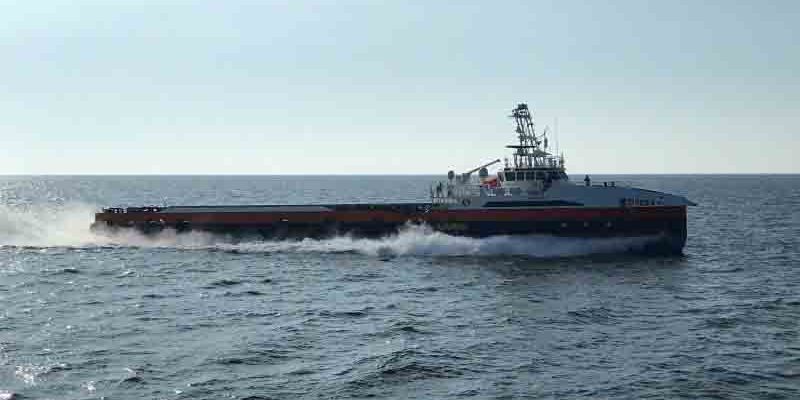A Ghost Fleet Overlord unmanned surface vessel (USV), part of a partnership between the DoD’s Strategic Capabilities Office (SCO) and the Navy, recently traveled a distance of more than 4,700 nautical miles, almost entirely autonomously. Afterward, it participated in exercise Dawn Blitz, where it again spent nearly all of its underway time operating autonomously.
“This is a historic milestone for the program and the Navy. It represents what SCO does best—integrate mature technologies to accelerate service priorities and create new capabilities for our Warfighters,” said Jay Dryer, Director of the SCO.
The Ghost Fleet Overlord program is part of an effort to accelerate the Navy’s push to incorporate autonomous vessels within its fleet to better expand the reach of manned vessels. Autonomy includes more than just straight-line passage through large areas of the ocean; it also involves such things as collision avoidance and following the rules of the sea.
The Navy’s efforts to adopt the unmanned vessel concept involve several classes of ships and an array of missions, such as offensive operations and intelligence, surveillance, and reconnaissance, with reduced risk to crew and legacy vessels. The Ghost Fleet Overlord program has demonstrated continued maturity in the autonomous USV concept since it stood up in late 2018.


